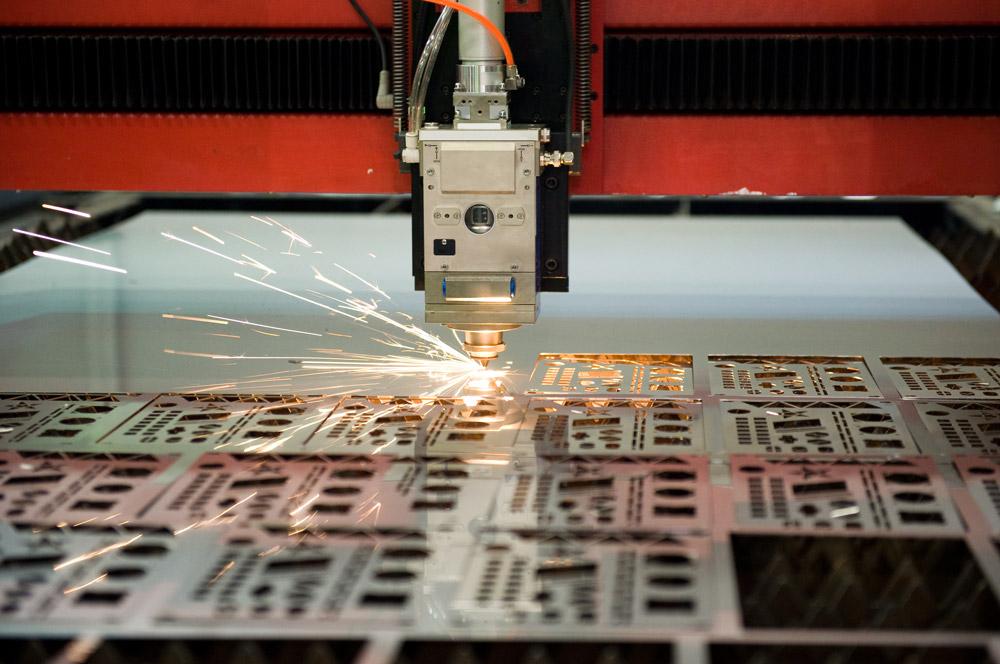In the realm of industrial manufacturing, the techniques used to transform raw materials into finished products play an essential role. Among these techniques, precision slitting vs. cutting holds significance for producing edges with the desired characteristics. Understanding these methods can significantly impact the quality and efficiency of manufacturing processes.

What is Precision Slitting?
Precision slitting involves cutting a large coil or roll of material into narrower strips. This process is often essential in industries such as aerospace, automotive, and electronics, where precise width and edge quality are crucial. By using specialized equipment, manufacturers can achieve intricate cuts with minimal waste.
The Process of Cutting
On the other hand, cutting is a broader term used to describe various methods of dividing material into smaller pieces or shapes. Whether it’s utilizing saws, lasers, or water jets, cutting is integral to shaping components that meet specific design requirements. This technique is adaptable to numerous materials, including metals, plastics, and composites.
Comparative Analysis: Precision Slitting vs. Cutting
1. Material Suitability
Precision slitting is typically employed for thin materials like metal foils and paper, while cutting techniques can handle a wider range of thicknesses. For example, cutting brass cleanly often involves specialized tools to maintain quality.
2. Speed and Efficiency
Generally, precision slitting can be faster for continuous production lines, but cutting can offer greater versatility for batch production.
3. Edge Quality
Edge quality is critical in high-precision industries. Slitting provides smoother edges, which can be essential for further processing like welding or painting.
4. Equipment Used
Slitting involves advanced machinery like rotary slitters, while cutting can involve tools ranging from hand-held devices to CNC machines. Examples include manual tools for precise metal cutting.
5. Cost Implications
The cost implications of precision slitting vs. cutting vary based on the equipment and materials used. While slitting machinery can be expensive, the efficiency may offset initial costs over large production runs.
6. Waste Management
Efforts to minimize waste are more substantial in precision slitting due to the narrow cuts achieved, as discussed in minimizing burrs in metal cutting.
Applications in Various Industries
1. Automotive Sector
In the automotive industry, both techniques are vital for producing engine components and trim pieces. The need for high-precision parts often necessitates precision slitting.
2. Electronics
The electronics industry frequently uses slitting for thin conductive materials, while cutting is essential for forming casings and components.
3. Construction
In construction, cutting dominates due to its ability to shape thicker materials like beams and slabs. Methods for precision sheet metal fabrication highlight the importance of detailed design in complex structures.
4. Packaging
Packaging industries rely on slitting for creating materials like plastic films and paper products, ensuring consistent quality and dimensions.
Technological Advancements
1. Automation
Advancements in automation are transforming how these processes are applied, increasing speed and consistency in both precision slitting and cutting.
2. Laser Technology
Laser technology enhances cutting capabilities, enabling intricate designs while maintaining high-speed production.
3. Computer-Aided Design
CAD systems aid in planning and optimizing operations, as highlighted in techniques for metal cutting.
Conclusion
Understanding the distinctions between precision slitting vs. cutting can greatly enhance manufacturing outcomes. By selecting the appropriate process based on material type, desired edge quality, and production volume, industries can improve efficiency and product quality.

FAQ
1. What is the main difference between slitting and cutting?
The primary difference lies in their applications: slitting is used for creating narrow strips, while cutting offers wider versatility for shaping materials.
2. Which is more cost-efficient: slitting or cutting?
The cost efficiency depends on the production scale and material type. Slitting is generally more efficient for continuous production lines.
3. Is precision slitting suitable for all types of materials?
No, precision slitting is best suited for thin materials like metal foils and paper, whereas cutting can handle a broader range of material thicknesses.
This article contains affiliate links. We may earn a commission at no extra cost to you.

